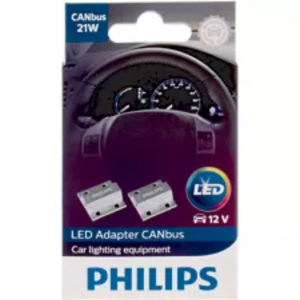When it comes to enhancing the safety and aesthetics of your vehicle, choosing the right automotive lighting is paramount. This comprehensive guide will walk you through the various options available, helping you make an informed decision that suits your driving needs and personal style.
Understanding the Basics: Types of Automotive Lights
Before diving into complex choices, it’s essential to understand the different types of automotive lighting. Each type serves a unique purpose, tailored to specific conditions and vehicle requirements.
- Headlights: The primary source of light for night driving, available in halogen, LED, and HID (High-Intensity Discharge) technologies.
- Tail Lights: These ensure that your vehicle is visible to other drivers from the back, especially in low-light conditions.
- Signal Lights: Including turn signals and braking lights, signal lights communicate your actions to other drivers, enhancing on-road safety.
- Fog Lights: Located near the front bumper, fog lights provide a low, wide beam of light, cutting through fog and heavy precipitation.
- Interior Lights: These enhance visibility inside your vehicle, useful for night driving and reading maps or documents.
Choosing the Right Technology: LED vs. HID vs. Halogen
Understanding the differences between the most common types of light technologies can significantly affect your choice:
- LED (Light Emitting Diode): Known for their efficiency and longevity, LEDs provide bright, sharp light and are excellent for both headlights and cabin lights.
- HID (High-Intensity Discharge): These lights, also known as xenon lights, offer intense illumination with a higher upfront cost but less energy consumption compared to halogen bulbs.
- Halogen: The most common and budget-friendly option, halogen headlights are easy to replace and provide a warm light but have a shorter lifespan and consume more energy.
Factors to Consider When Choosing Automotive Lighting
Selecting the right lighting isn’t just about the bulb type; several factors should influence your decision:
- Compatibility: Ensure the lights are compatible with your vehicle model and make.
- Legal requirements: Check local regulations, as some high-intensity lights might not be street legal in your area.
- Weather conditions: Consider the typical weather conditions you drive in. For instance, if you live in a foggy area, investing in high-quality fog lights is essential.
- Personal needs: Factor in how often you drive at night and whether you need enhanced illumination for off-road driving.
Installation and Maintenance
Installing new lighting can vary from a simple DIY project to requiring professional help, especially for complex systems like HID lights. Regular maintenance is crucial to ensure your lights are functioning correctly and safely. This includes cleaning the lenses and checking for electrical issues periodically.
Conclusion: Light Up Your Way
Choosing the right automotive lighting can transform your driving experience, merging safety with aesthetics. With this guide, you’re now equipped to make choices that not only enhance the look of your vehicle but also improve your nighttime visibility and safety on the road.





